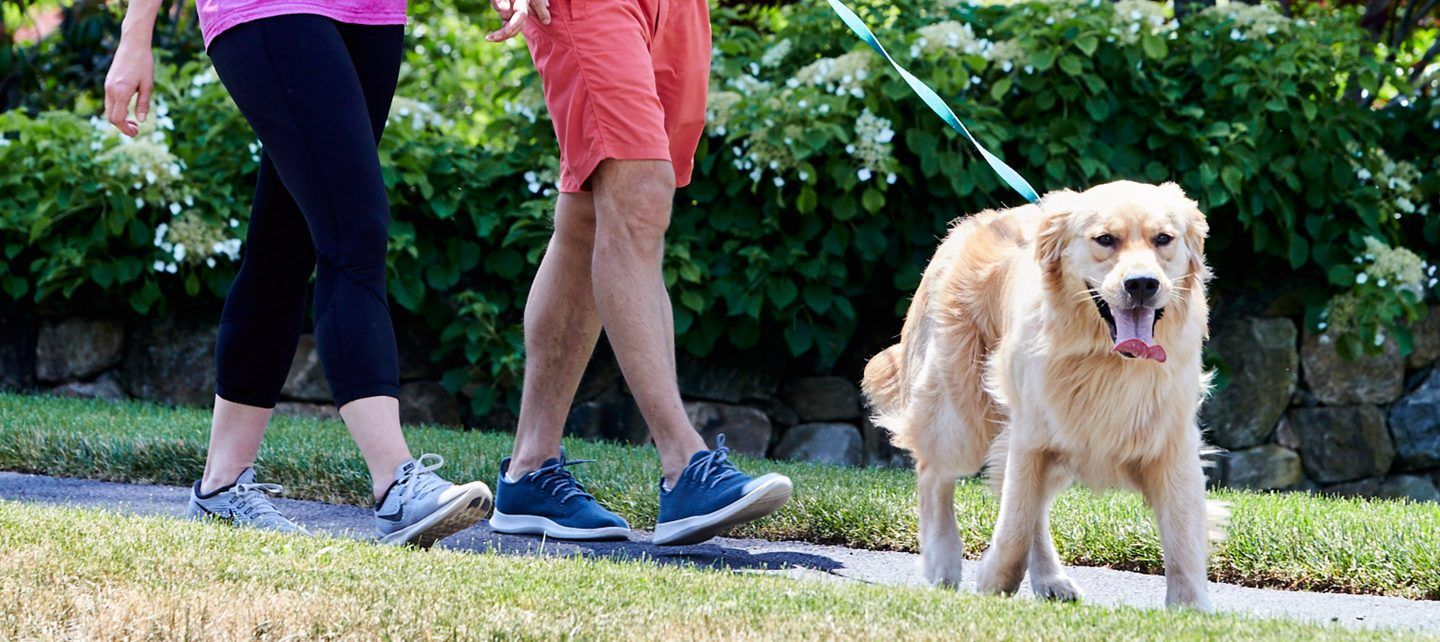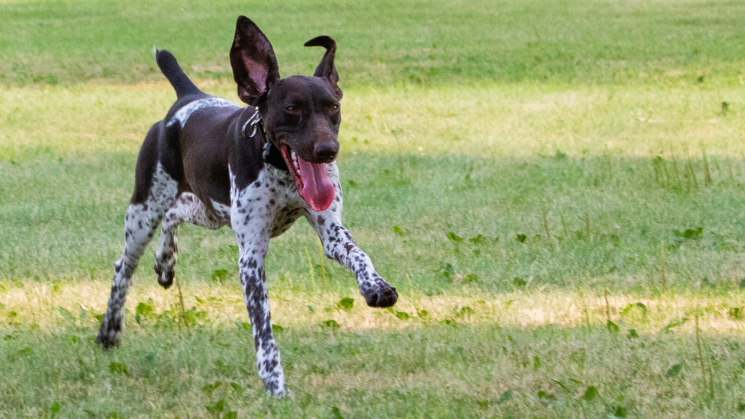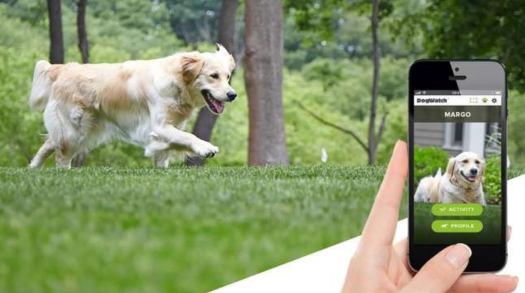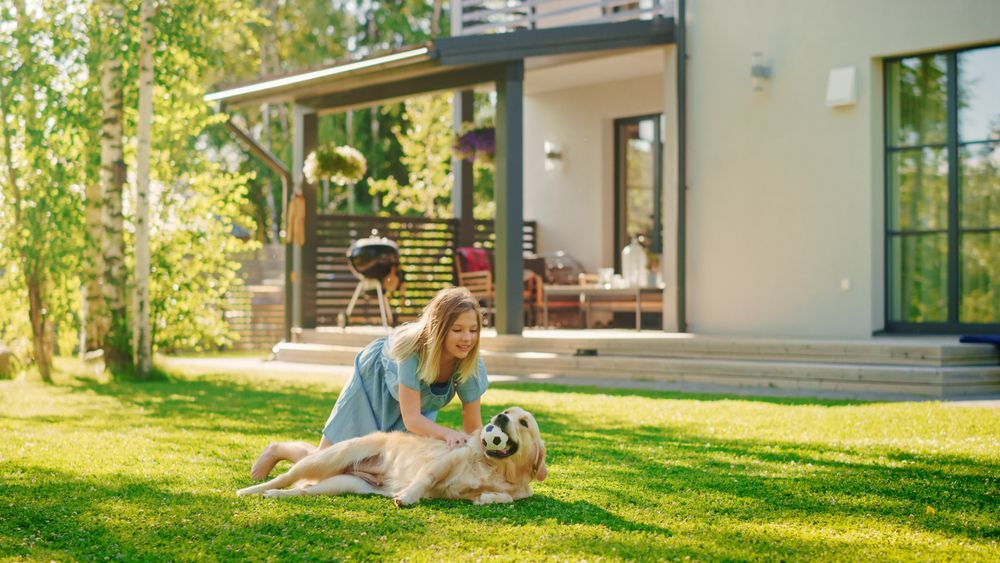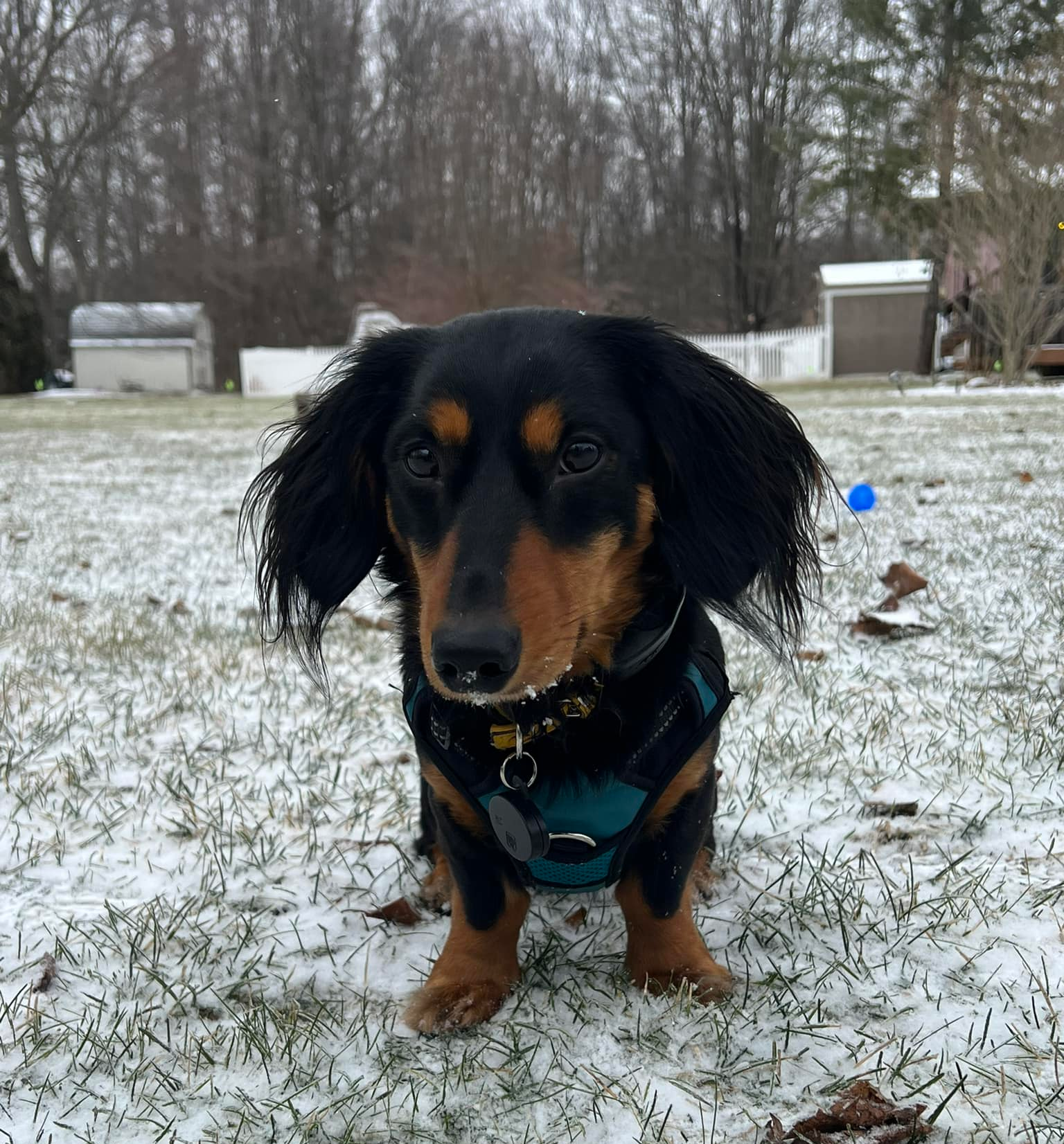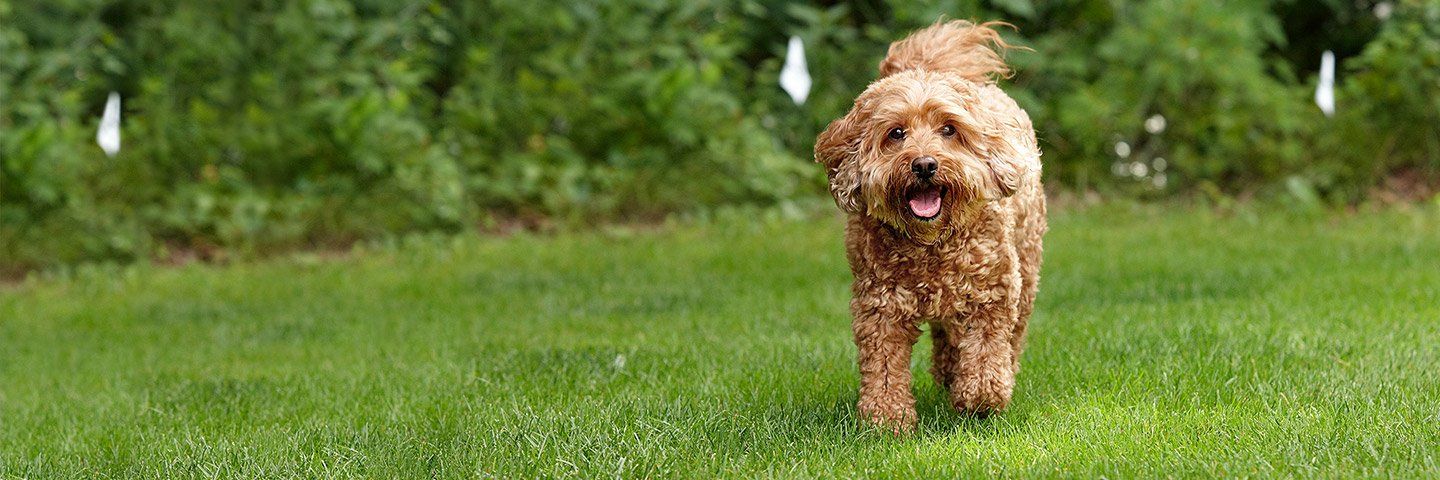Customization and Design: Elevate Your Landscape with Invisible Dog Fences

Designing an outdoor space that is both functional and aesthetically pleasing is a goal for many homeowners. For those with pets, integrating an invisible dog fence can enhance the landscape without disrupting its natural beauty.
Invisible dog fences offer a safe and effective solution to manage pet boundaries while maintaining the visual appeal of your yard.
Invisible dog fences integrate seamlessly into your garden design, providing pet safety without the need for unsightly barriers. They work underground and offer a flexible approach to defining boundaries without impacting the overall design.
Homeowners can enjoy peace of mind knowing their pets are secure and free to roam within designated areas.
An invisible fence is not just a practical solution, but also a thoughtful addition to a well-designed garden space.
Understanding Invisible Dog Fences
Invisible dog fences create a boundary to keep pets safe while preserving the landscape's aesthetic. Options range from traditional wired systems to modern GPS technology, each offering unique features and benefits.
Types of Invisible Dog Fences
- Wired Dog Fences use underground wires to establish the boundary. These systems are reliable and flexible, allowing owners to customize the fenced area precisely. Brands like PetSafe YardMax offer popular options in this category.
- GPS Dog Fences They use global positioning systems to create adjustable boundaries without wires. They require a device on the dog's collar to communicate with the perimeter. These are good for certain tropes of properties. However, these are internet dependent and are not as reliable as an underground hidden fence at this point in time. But it can be a good solution for some.
Key Features and Patented Technology
Invisible dog fences come with various features designed to enhance functionality and safety. Adjustable Correction Levels allow pet owners to set the appropriate intensity for their dog's size and temperament.
- Boundary Flags and Audible Warnings help dogs learn the limits, minimizing the need for physical correction.
- Battery Life and Recharge Times are crucial considerations, especially for GPS systems which tend to consume more power. Some systems have solar-powered options to reduce frequent recharging.
Selecting the Right System for Your Dog
Choosing the right hidden dog fence depends on several factors.
- Property Size and Layout play a significant role. Wired systems are best for specific shapes and where containment is paramount, while GPS systems could work in rural areas where there is strong internet.
- Consider the Dog's Size and Behavior, as larger or more stubborn dogs may require stronger signals or additional training features.
- Lastly, customer reviews and neighbors can guide you in finding the best local invisible dog fence company that meets your needs and ensures your pet's safety.
Installation Process
Understanding the installation process for integrating invisible dog fences into the landscape is crucial for ensuring functionality and aesthetic harmony.
Important aspects like choosing between DIY and professional installation, preparing the terrain, and configuring the wireless transmitter are critical steps.
DIY Versus Professional Installation
When considering whether to go the DIY route or hire professional services, several factors need examination.
- Professional installation offers expertise, ensuring that the fence is set up correctly without any unforeseen challenges. Professionals are familiar with popular hidden fence brands and can address nuances and hiccups.
- DIY installation, on the other hand, might appeal to budget-conscious individuals. It allows more control over the process and customizations based on personal preferences. However, it requires a firm grasp of the technical aspects to avoid common pitfalls like incorrect boundary settings.
Training Your Dog
Training your dog to use a hidden fence involves careful planning and consistency. By following an effective training process, you can ensure that your pet understands its boundaries and remains safely contained within your yard.
Initial Training Steps
Successful dog training for an invisible fence begins with introducing the boundary flags.
Set them at regular intervals along the perimeter to give the dog a visual cue of the boundary.
Next, walk your dog on a leash near the boundary, allowing them to hear the warning beep when they approach too closely.
This initial exposure helps the dog associate the sound with the perimeter. Use treats and positive reinforcement to encourage your dog’s avoidance of these signals.
Patience and repetition are key during these sessions. Limit each session to 10–15 minutes to prevent stress or fatigue.
Keeping the training approach consistent will build the foundation for a smooth transition to off-leash containment.
Creating a Seamless Transition
As the dog becomes familiar with the boundaries, gradually transition them to off-leash exploration within the contained area.
It’s crucial to supervise your dog closely during initial off-leash experiences to intervene if they attempt to breach the boundary.
Encourage positive behaviors and reinforce their understanding of the limits through praise and play.
A consistent daily routine will help them adapt more confidently to the freedom the invisible fence offers, while still respecting the boundaries.
Integrating Aesthetics and Functionality
Designing your landscape with an invisible dog fence involves balancing aesthetic appeal with necessary pet containment. Considering design options and how the invisible boundaries affect garden elements is crucial.
Landscape Design Considerations
When incorporating an invisible dog fence, key landscape features need attention to ensure aesthetics remain intact.
Patented technology allows the boundaries to blend seamlessly, leaving the visual flow of the garden undisturbed.
Invisible fences eliminate bulky hardware, enhancing the natural surroundings. Strategic placement of wireless dog fences avoids interruption of floral displays or walkways.
Small markers can be used temporarily to delineate boundaries during the training period, facilitating both function and design harmony.
Invisible Dog Fence and Garden Compatibility
Compatibility with garden designs is possible with careful planning.
Determining the placement of wireless dog fences helps maintain the garden's layout.
Adapt the spacing around fragile plants to prevent interference. Paths can be planned by considering the invisible fence layout, ensuring that pet movements don't damage sensitive areas.
Use zones to separate pet areas from delicate landscaping, enhancing both garden health and functionality.
Proper integration can optimize the enjoyment of outdoor spaces for both pets and humans alike.
Frequently Asked Questions
Integrating invisible dog fences into landscaping involves creative design and thoughtful planning. Blueprints of your yard can impact brand choices, installation, and the potential property value.
How can an invisible dog fence be incorporated into different landscape designs?
Invisible dog fences offer flexibility in placement, allowing them to fit various landscape styles. Integrating them works well with natural barriers like hedges or paths to subtly guide your dog's movement. Landscape features and plantings can conceal boundary markers or flags to maintain aesthetic appeal without compromising function.
Can the boundary of an invisible dog fence be customized to specific yard shapes and sizes?
Invisible dog fences are highly customizable, allowing adaptation to unique yard shapes and sizes. Systems can adjust to accommodate irregular property lines and avoid obstacles.


